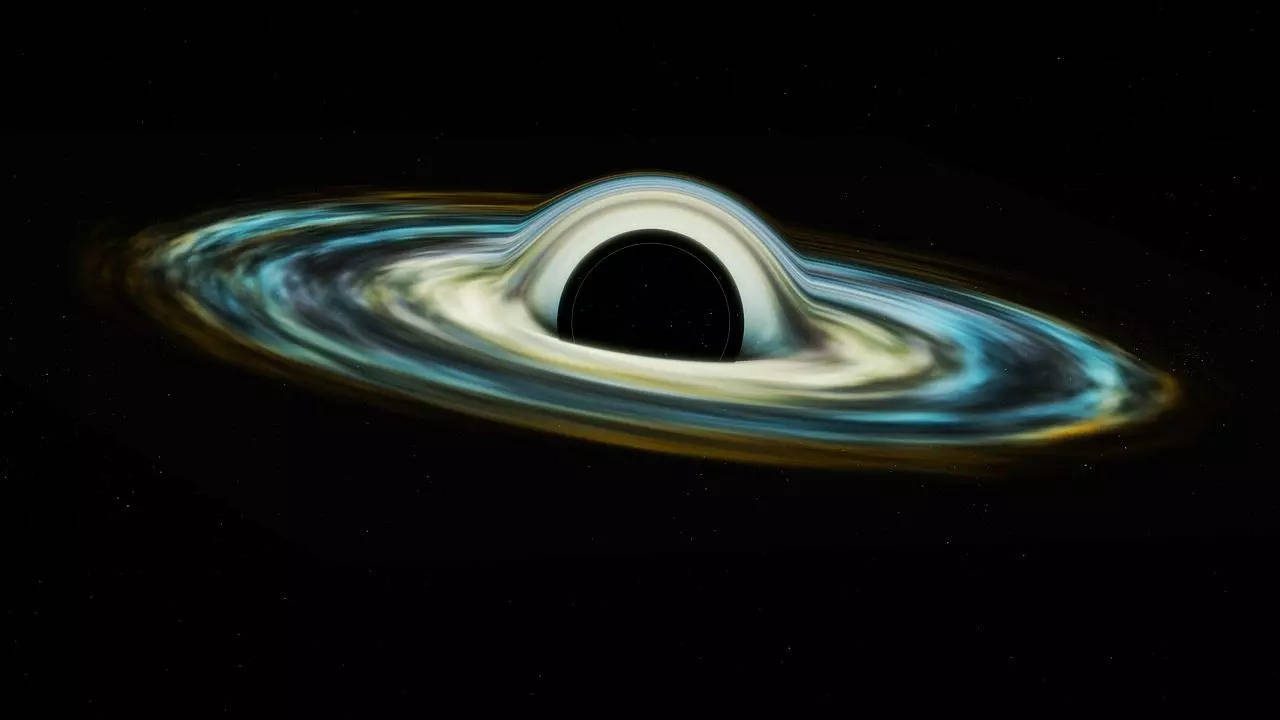
NASA recently selected two mission proposals for further review under its Explorers Program, which aims to develop low-cost science missions aligned with the goals of the Science Mission Directorate. The selected concepts, if realized, could reveal groundbreaking discoveries about black holes and other cosmic phenomena.
The Explorers Program is NASA's oldest continuous program and has led to 90 missions, some of which contributed to Nobel Prize-winning research. These new mission concepts reflect the program's tradition of fostering innovative ideas that advance our understanding of the universe.
According to Nicola Fox, associate administrator at NASA’s Science Mission Directorate, both proposals align with top astrophysics priorities and have the potential to develop key technologies for future flagship missions.
The two proposals are the Advanced X-ray Imaging Satellite (AXIS) and the Probe far-Infrared Mission for Astrophysics (PRIMA). AXIS is an X-ray observatory that would study the origins of supermassive black holes, which lie at the centres of galaxies and are central to gravitational wave research. It would build on the work of existing X-ray observatories such as the Chandra X-ray Observatory and the Swift Observatory.
PRIMA, on the other hand, is a 5.9-foot telescope designed to capture light at far-infrared wavelengths. This telescope would complement the discoveries made by the Webb Space Telescope and radio telescopes, addressing fundamental questions about black holes, planet formation, and the birth of stars.
Each proposal team will receive $5 million from NASA to develop their mission concept over the next year. NASA will evaluate both projects and, in 2026, select one to move forward with a targeted launch date of 2032.
These missions are part of NASA's broader efforts to push the boundaries of space exploration through innovative programs like the Discovery and Innovative Advanced Concepts (NIAC) programs. Even concepts that are not selected immediately, such as those from previous rounds, remain relevant and could influence future missions.

